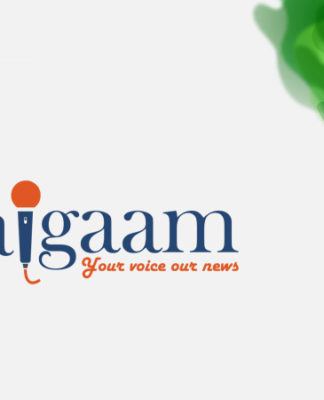A new set of global guidelines on managing diabetes that aim to replace those followed for over three decades,has stirred up a controversy within the medical community.
Medical practitioners here in India feel the guidelines which recommend relaxing blood sugar targets will, not only lead to serious complications in diabetics, but also confusion in treatment protocol, advising that these should be ignored for Indians.
There were over 72 million cases of diabetes in India in 2017,according to International Diabetes Federation.The controversial guidelines relate to relaxing the long-term blood sugar target, hemoglobin A1C (HbA1c), which through
blood test gives an estimate of a person’s blood sugar level average over the past few months.

Generally, an HbA1c of 6.5% indicates diabetes. American College of Physicians, an organization of internal medicine physicians, recommended recently in the medical journal Annals of Internal Medicine, that clinicians should aim to achieve an HbA1c level between 7% and 8% in most patients with type 2 diabetes, as against the traditional 6.5 to 7% which has been followed over decades.
The recommendation is leading to a conflict in views amongst doctors and physicians, with certain associations even opposing it.
Doctors here say the guideline of lowering the blood sugar target cannot be binding and should be ignored, as diabetes in India is more aggressive, and hence riddled with complications. They say these recommendations should not be applicable as India has its own as advised by three bodies — ICMR (Indian Council of Medical Research), RSDDI (Research Society For For The Study of Diabetes in India) and API (Association of Physicians of India), which are more tuned in to the Indian diabetic.

Anoop Misra chairman of Delhi-based Fortis-C-DOC (Centre of Excellence For Diabetes, Metabolic Diseases and Endocrinology) said, “In reality, Indian physicians continue to follow US-based guidelines, hence ACP guidelines may have substantial impact in India. If blood sugar control is loosened (as advised by ACP), more patients in India will suffer from complications, the burden of which is already high. We should ignore these, and stick to previous time-tested glycosylated hemoglobin limit of control of 7%.” Others concur the guidelines cannot be standardized because of several differences in lifestyle, physiology and food habits.














































